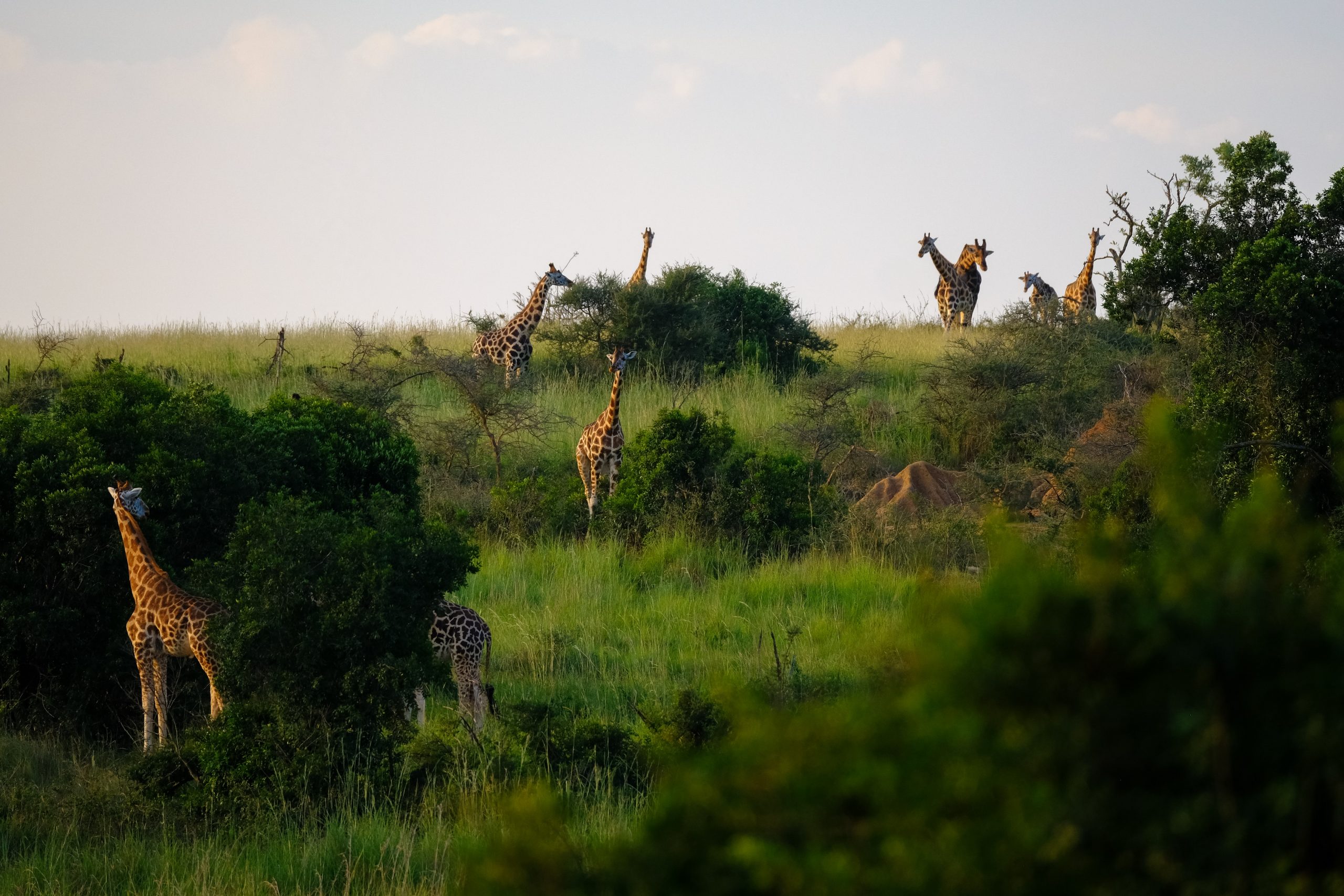
Africa is under pressure to develop its green finance market for two crucial reasons. The first is to significantly and sustainably respond to climate change, as the continent is vulnerable to the severe effects of climate change. Secondly, African private and public sectors lag behind other emerging markets in green (and sustainability) bond issuances. The SADC Green Bond Programme serves to address the aforementioned challenges in general, and in particular, the embryonic status of the green finance market in the SADC region.
Since its official launch in March 2021, the Programme has made commendable headway in implementing its core strategic objective of developing the green bond market in SADC – which is demonstrated by the publishing of this SADC Green Finance Demand Study. Considering that the development of the capital market ecosystem depends on timely empirical information, the importance of this study cannot be overstated. Not only does it bridge the existing knowledge gap regarding green investmt opportunities and barriers in the SADC region, but it is also underpinned by one of CoSSE’s mandates, which is to encourage the transfer of securities markets’ intellectual capital and technical expertise among member Exchanges of CoSSE.

Policy & regulatory development to catalyse larger uptake of private equity and private debt investments by pension funds in SADC.
The primary objective of this study was to review the status quo, understand opportunities and challenges and make recommendations for policy and regulatory development to enable the benefit from the returns and diversification of pension funds in Southern Africa.
We commissioned this research in partnership with the Southern African Venture Capital and Private Equity Association (SAVCA), and the findings presented are drawn from questionnaires conducted with 52 funds in eight countries including Botswana, Eswatini, Lesotho, Mozambique, Namibia, South Africa, Zambia, and Zimbabwe. These funds represent about $160 billion in assets under management (AUM), which translates to 30% coverage of the full AUM of funds in the region. This was complemented by interviews with regulators, pension fund leaders and other experts to collect more specific data and to contextualise the findings.
Overall, this study paints a picture of a very diverse set of markets in the region with unique challenges, and we aim to strike a balance between providing regional insights with specific issues and opportunities in each market for positive reforms.

The African continent presents a massive investment opportunity for investors to advance climate solutions in the coming decade, however, a set of barriers to finance have stifled requisite investment to date. In this new report, in collaboration with Climate Finance Innovation for Africa and Climate Policy Initiative, we provide a framework for how innovation in financing structures can leverage strategic deployment of public capital to ‘crowd-in’ private investment at levels not yet seen.
This paper focuses primarily on climate mitigation, which represents the largest investment opportunity for private investors. We refer audiences focused specifically on adaptation to the work done by the Global Center on Adaptation and Climate Policy Initiative on Financial Innovation for Climate Adaptation in Africa.


